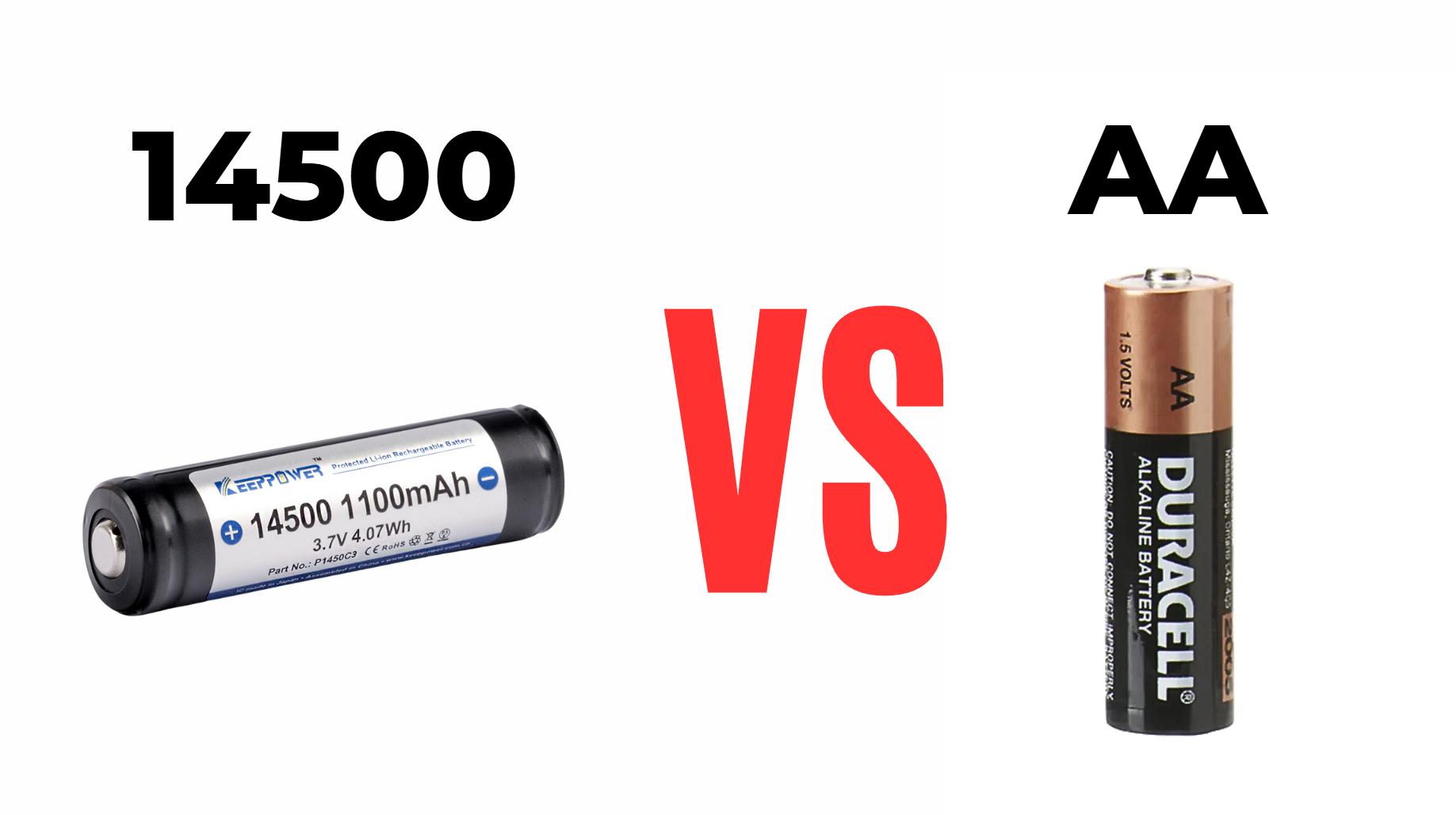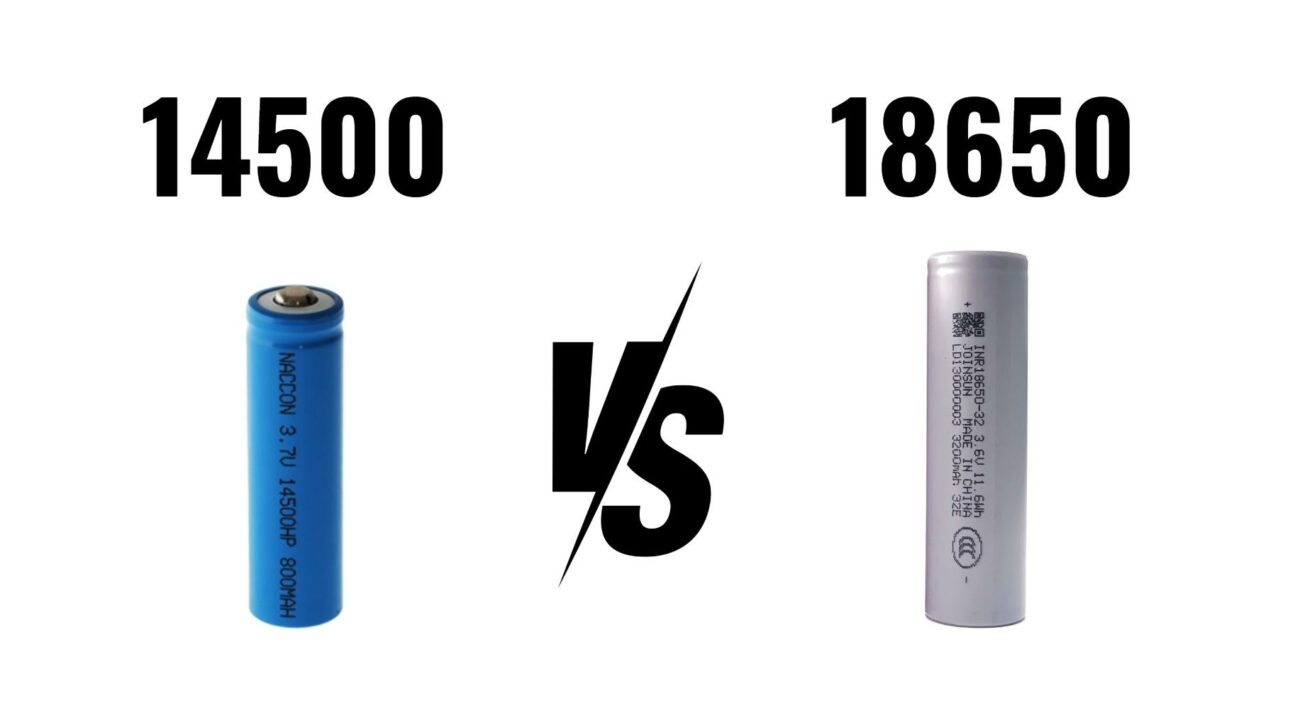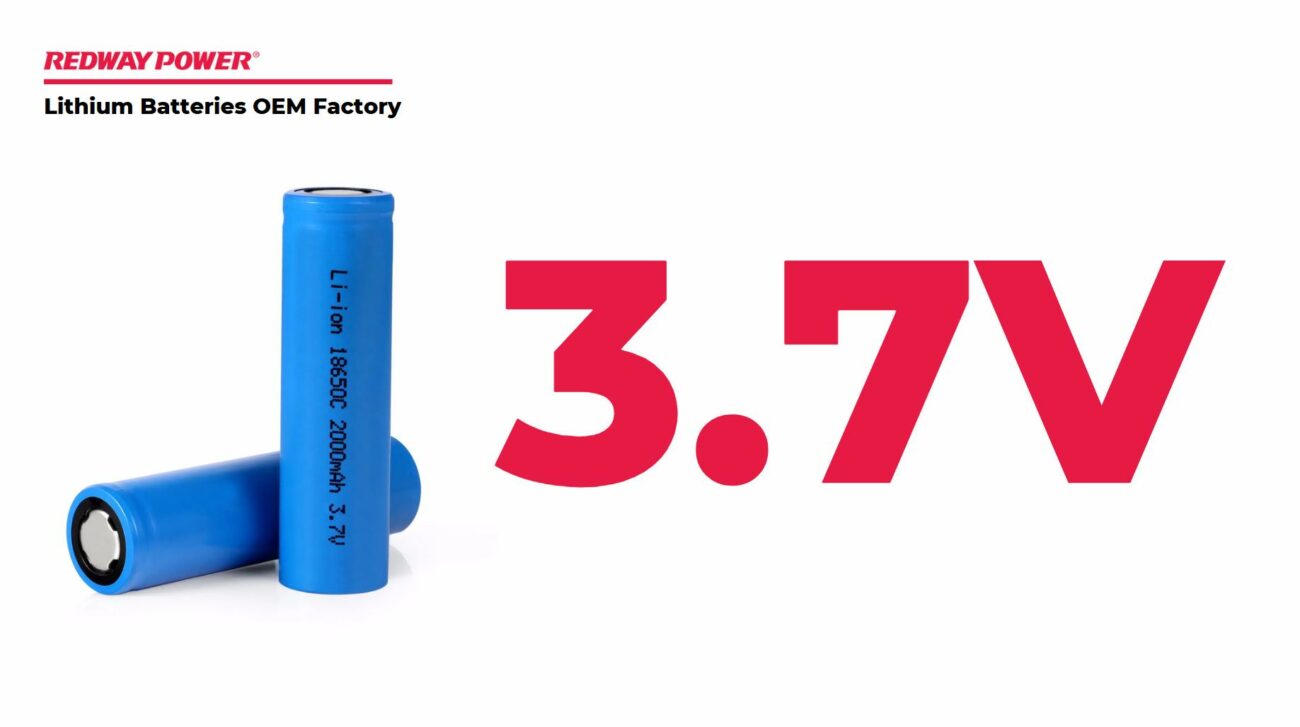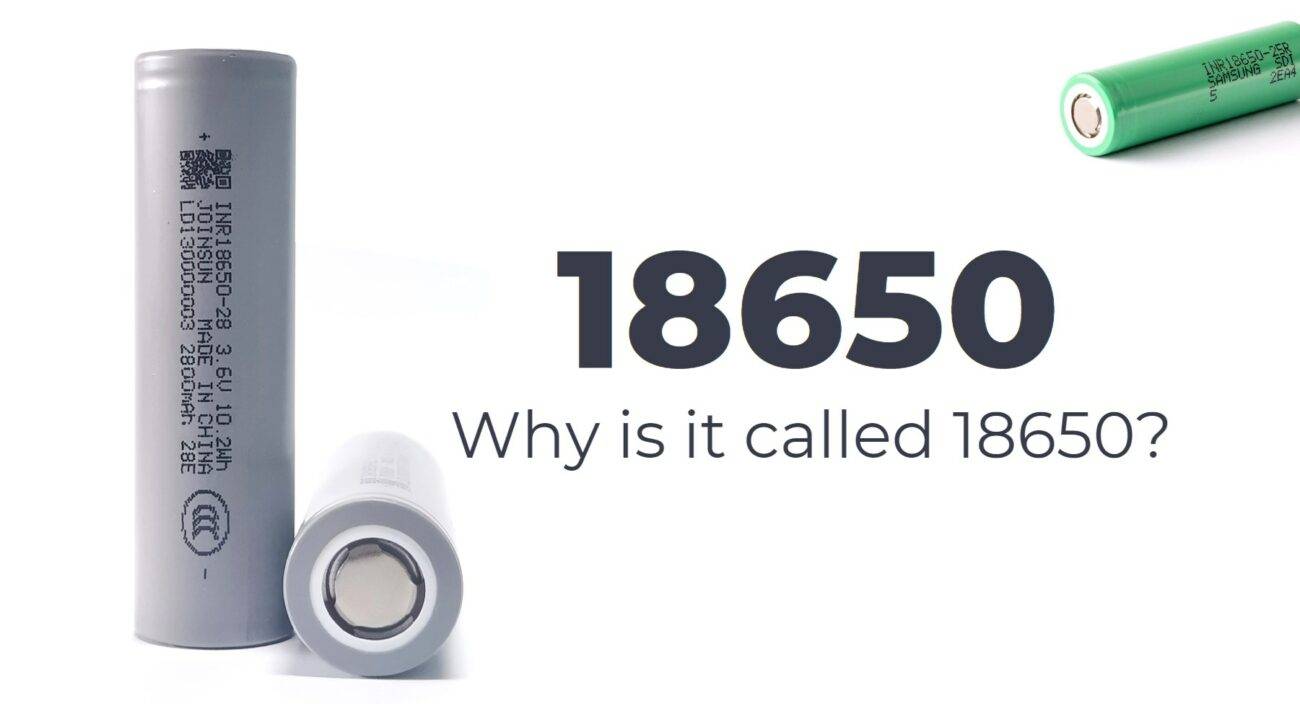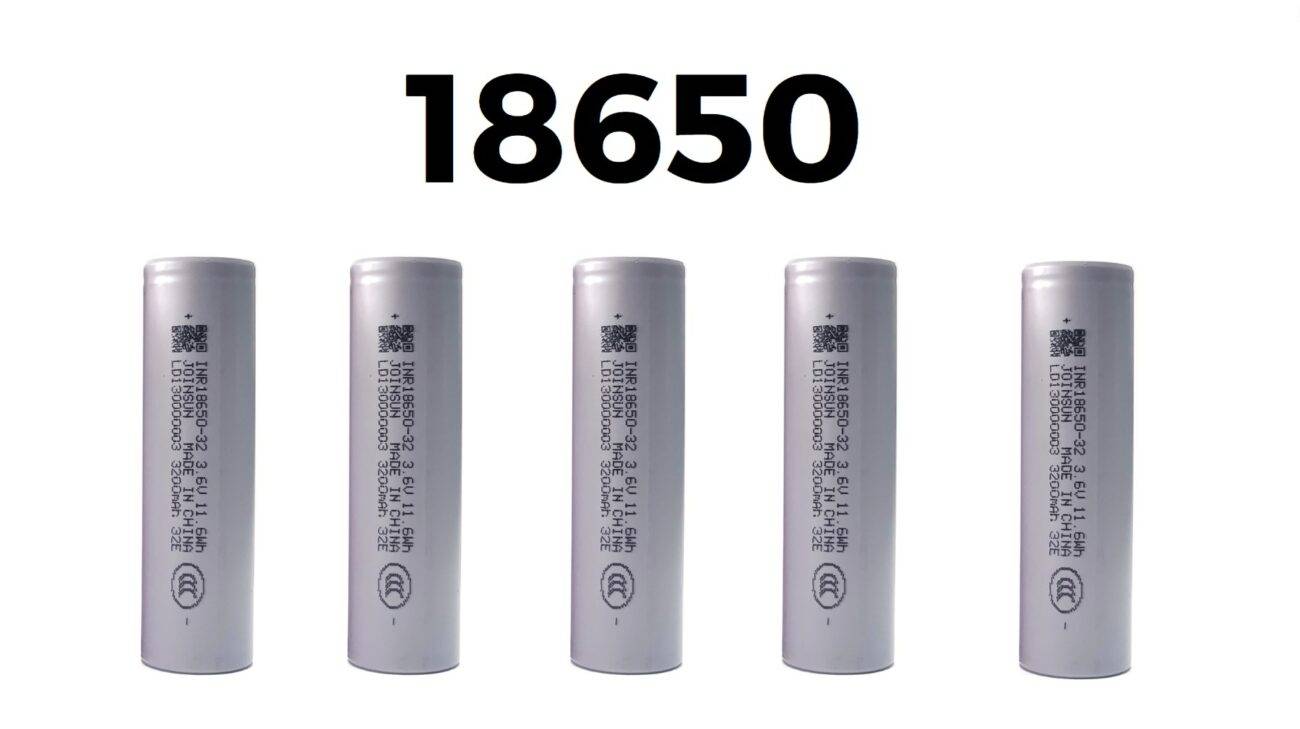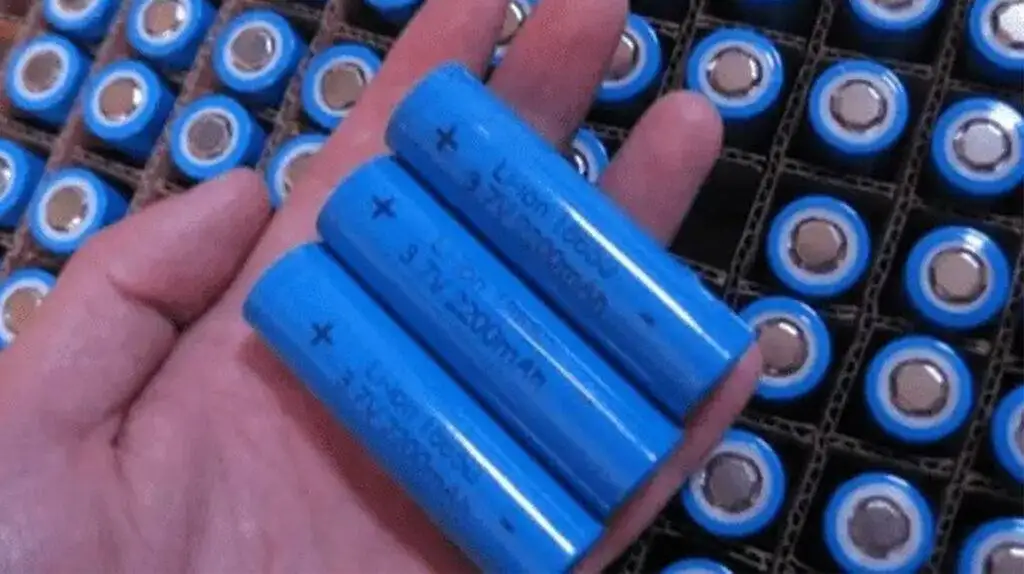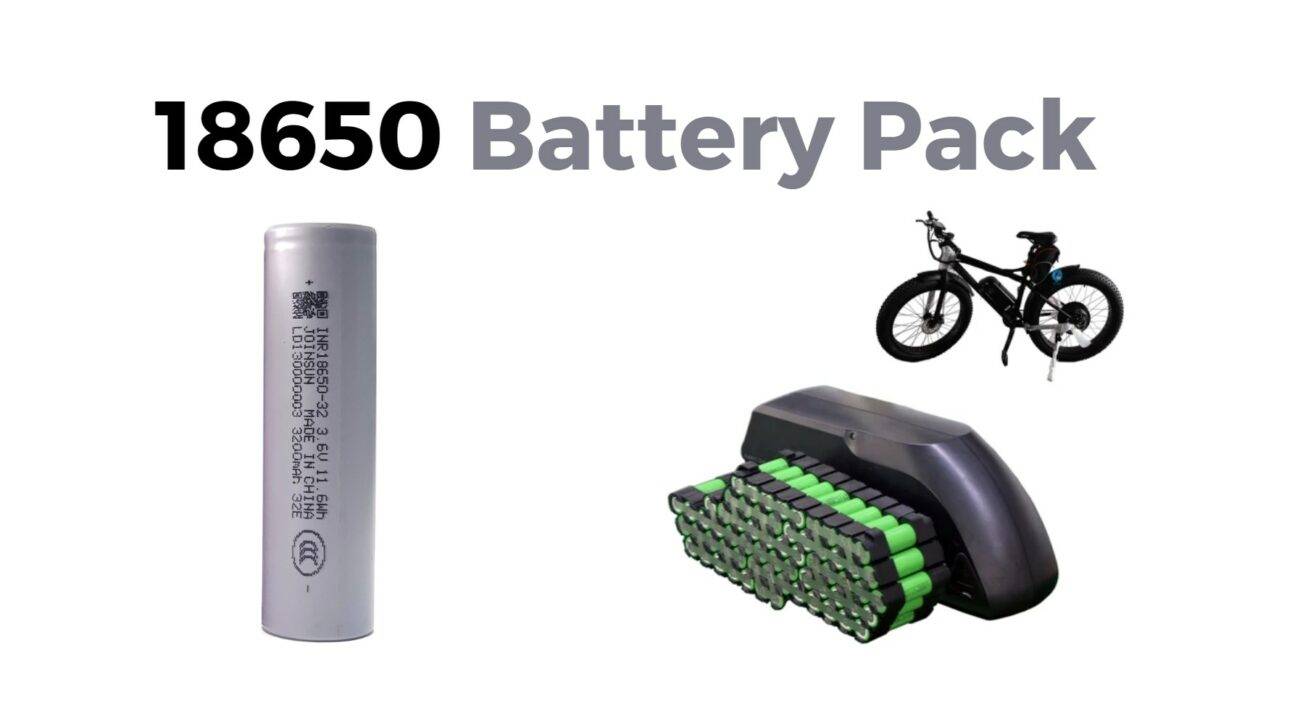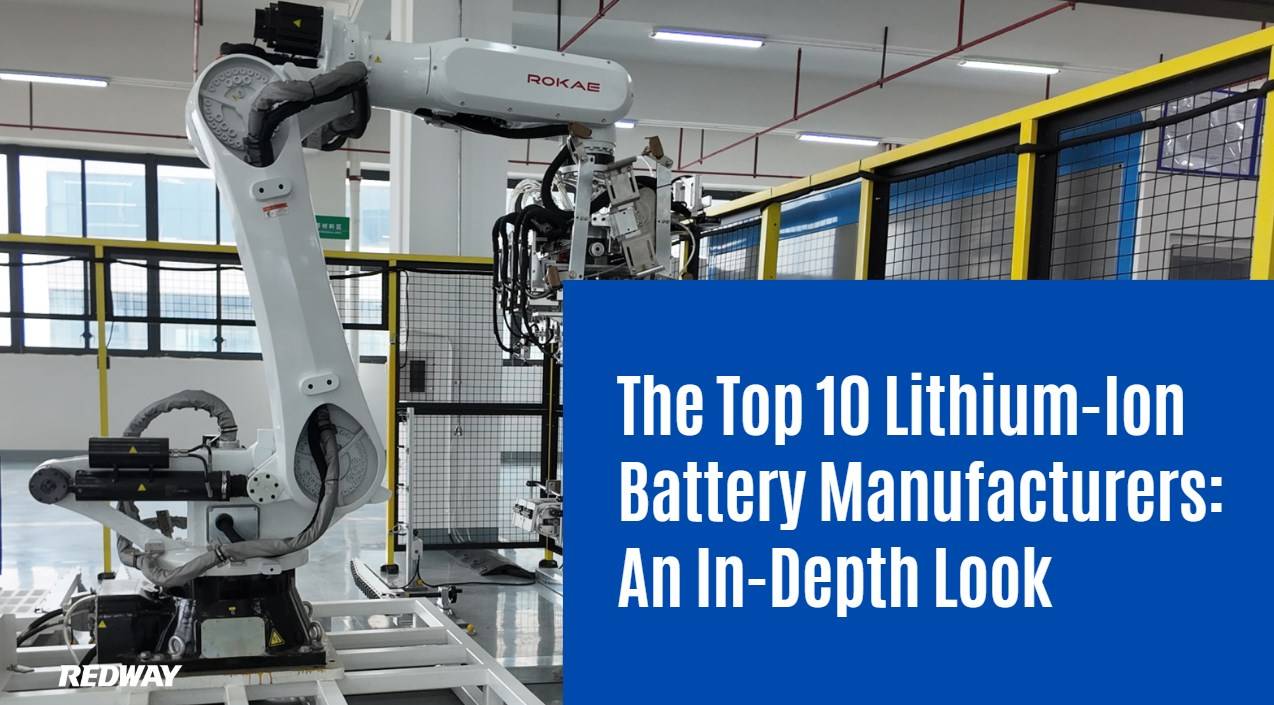14500 lithium rechargeable batteries typically have a shelf life of 5 to 10 years with proper storage and care, while standard AA alkaline batteries offer a shelf life of about 3 to 5 years. Rechargeable lithium batteries can be recharged hundreds of times, making them more sustainable long-term, whereas alkaline batteries are single-use and must be replaced once depleted.
How Does the Shelf Life of 14500 Lithium Batteries Compare to Standard AA Batteries?
14500 lithium batteries typically last 5 to 10 years in storage with low self-discharge rates, maintaining around 80% capacity over time. In contrast, standard AA alkaline batteries generally have a shelf life of 3 to 5 years before noticeable capacity degradation occurs. Lithium batteries’ stable chemistry and sealed construction contribute to their superior shelf life and reliability.
Due to rechargeability, 14500 batteries offer additional cost-effectiveness and environmental advantages compared to disposable AA cells.
What Factors Influence Shelf Life in 14500 and AA Batteries?
Shelf life depends on chemical composition, storage conditions, temperature, and self-discharge rates. 14500 lithium-ion batteries experience about 2-3% monthly self-discharge, lower than alkaline AA batteries, which can lose up to 5% of charge monthly under poor storage. High temperatures and humidity accelerate degradation in both types. Proper storage cool, dry environments extend battery life significantly.
Redway Battery emphasizes optimized manufacturing and storage guidelines to maximize battery longevity.
Why Do 14500 Lithium Batteries Have Lower Self-Discharge Rates?
Lithium-ion chemistry used in 14500 batteries provides inherently stable electrodes with a sealed design, minimizing internal chemical reactions that cause self-discharge. This leads to only 1-2% capacity loss per month after the initial 24 hours post charge, compared to alkaline batteries which naturally lose charge faster due to their chemical makeup and porous construction.
This characteristic makes 14500 batteries preferable for infrequent device use.
Which Batteries Are More Sustainable: Rechargeable 14500 or Disposable AA?
Rechargeable 14500 lithium batteries are more sustainable than disposable AA alkaline batteries because they can endure 300-1000 charge cycles, reducing waste and cost over time. AA alkaline batteries are single-use and contribute more to landfill waste due to frequent disposal. Using high-quality rechargeable batteries from companies like Redway Battery supports environmental responsibility.
Sustainable battery choices align with modern consumer and industrial goals for reduced ecological footprints.
When Should You Choose 14500 Lithium Batteries Over Standard AA?
Choose 14500 lithium batteries for high-drain or precision devices, longer-term use, and eco-conscious consumers seeking rechargeable solutions. Standard AA alkaline batteries remain cost-effective for low-drain, infrequent use, or when recharge infrastructure is unavailable. 14500 batteries offer higher voltage (typically 3.7V) compared to 1.5V of alkaline AA, benefiting certain electronic requirements.
Selecting the right battery type depends on device voltage compatibility and expected usage patterns.
Where Are 14500 Batteries Commonly Used Compared to AA Batteries?
14500 batteries are favored in high-performance electronics such as LED flashlights, digital cameras, and wireless devices requiring stable voltage and rechargeable capability. AA alkaline batteries are ubiquitous in household devices like remote controls, toys, and clocks due to availability and cost. Choosing 14500 batteries in suitable devices enhances run time and power consistency.
Redway Battery supplies both types for tailored applications in consumer and industrial markets.
Does Charging Affect 14500 Battery Shelf Life?
Yes, proper charging using compatible chargers designed for lithium-ion 14500 batteries extends shelf life by preventing overcharge or deep discharge damage. Using inadequate chargers or improper charging cycles accelerates capacity loss and potential battery failure. Redway Battery advocates for smart charging systems and following manufacturer guidelines to maximize rechargeable battery lifespan.
This contrasts with AA alkaline batteries, which cannot be recharged and thus have finite shelf lives.
Has Battery Storage Technology Improved Shelf Life?
Advances in battery chemistry, protective circuitry, and packaging have improved 14500 shelf life, reducing self-discharge and chemical degradation. Modern lithium rechargeable batteries feature protection circuits that regulate voltage and temperature, enhancing safety and durability during storage. These improvements allow storage durations previously unattainable in older battery designs.
Redway Battery integrates such technologies in manufacturing for superior battery longevity.
Can Shelf Life Differences Impact Device Performance?
Yes, batteries with diminished shelf life or high self-discharge provide less power and runtime, affecting device reliability and user experience. 14500 rechargeable lithium batteries maintain stable voltage longer, ensuring consistent device operation. In contrast, expired alkaline batteries may cause device shutdown or erratic function due to lower voltage output.
Choosing batteries with optimal shelf life preserves device performance and extends operational cycles.
How Can Users Maximize Shelf Life of Both Battery Types?
Store batteries at room temperature in a cool, dry place; avoid exposure to moisture or heat. For 14500 lithium batteries, maintain a partial charge (around 30–80%) rather than full discharge before storage. For AA alkalines, keep sealed and unused as long as possible. Regularly inspect batteries for leakage, and follow manufacturer directions on charging and usage.
Redway Battery provides care guidelines that help consumers and industries improve battery service life.
| Feature | 14500 Lithium Rechargeable Battery | Standard AA Battery (Alkaline) |
|---|---|---|
| Shelf Life | 5-10 years | 3-5 years |
| Rechargeable | Yes (300-1000 cycles) | No |
| Nominal Voltage | ~3.7V | ~1.5V |
| Self-Discharge Rate | ~1-3% per month | ~2-5% per month |
| Environmental Impact | Lower due to rechargeability | Higher due to disposable nature |
| Best Use | High-drain, precision devices | Low-drain, household devices |
Redway Battery Expert Views
“At Redway Battery, we recognize the critical role that battery chemistry and design play in shelf life and performance balance. Our 14500 lithium rechargeable batteries combine advanced materials with protective circuits to maximize longevity and reliability. Compared to traditional AA alkalines, our products offer users extended usability, environmental benefits, and cost savings due to rechargeability. We advocate smart battery management and quality manufacturing as essential for superior energy solutions across industries.” – Redway Battery Technical Team
Conclusion
14500 lithium rechargeable batteries significantly outperform standard AA alkaline batteries in shelf life, rechargeability, and sustained voltage delivery, making them well-suited for high-drain and long-term applications. While AA batteries remain economical for low-drain and disposable needs, 14500 batteries provide superior performance and sustainability. Understanding these differences enables consumers and professionals to select the optimal battery choice tailored to their device requirements. Leveraging quality brands like Redway Battery ensures durability, safety, and enhanced user experience.
Frequently Asked Questions
Can 14500 lithium batteries be used in devices designed for AA batteries? Generally no, due to higher voltage and potential compatibility issues.
How long can a 14500 battery hold charge unused? Approximately 5 to 10 years under proper storage conditions.
Are rechargeable AA batteries better in shelf life than 14500? NiMH AA batteries typically have 500-1000 cycles, often more than 14500 lithium’s 300-500 cycles, but with lower voltage.
What storage conditions extend battery shelf life? Cool, dry environments with partial charge for rechargeable batteries.
Is it environmentally better to use 14500 rechargeable batteries? Yes, due to rechargeability and reduced waste compared to disposable AA batteries.



